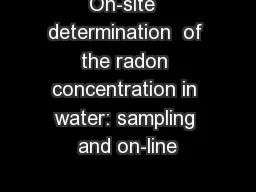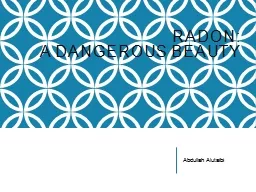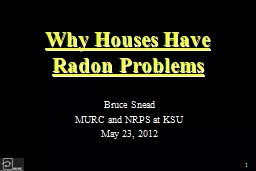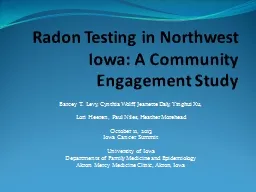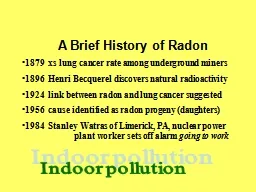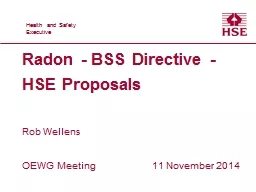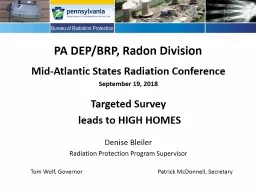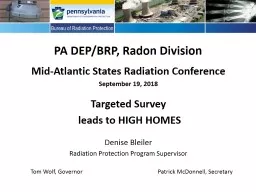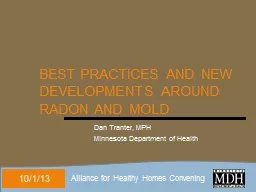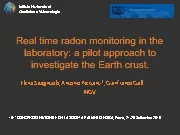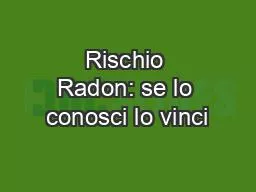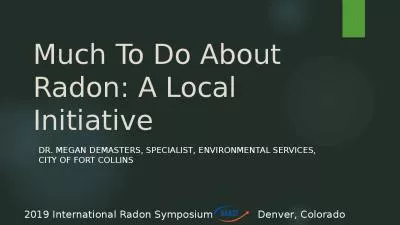PPT-On-site determination of the radon concentration in water: sampling and on-line
Author : sherrill-nordquist | Published Date : 2018-03-15
methods with The 2017 International Radon Symposium Villert Julien Radon amp Health Physics Product manager julienvillertbertinfr Radon in Water amp Associated
Presentation Embed Code
Download Presentation
Download Presentation The PPT/PDF document "On-site determination of the radon con..." is the property of its rightful owner. Permission is granted to download and print the materials on this website for personal, non-commercial use only, and to display it on your personal computer provided you do not modify the materials and that you retain all copyright notices contained in the materials. By downloading content from our website, you accept the terms of this agreement.
On-site determination of the radon concentration in water: sampling and on-line: Transcript
Download Rules Of Document
"On-site determination of the radon concentration in water: sampling and on-line"The content belongs to its owner. You may download and print it for personal use, without modification, and keep all copyright notices. By downloading, you agree to these terms.
Related Documents

